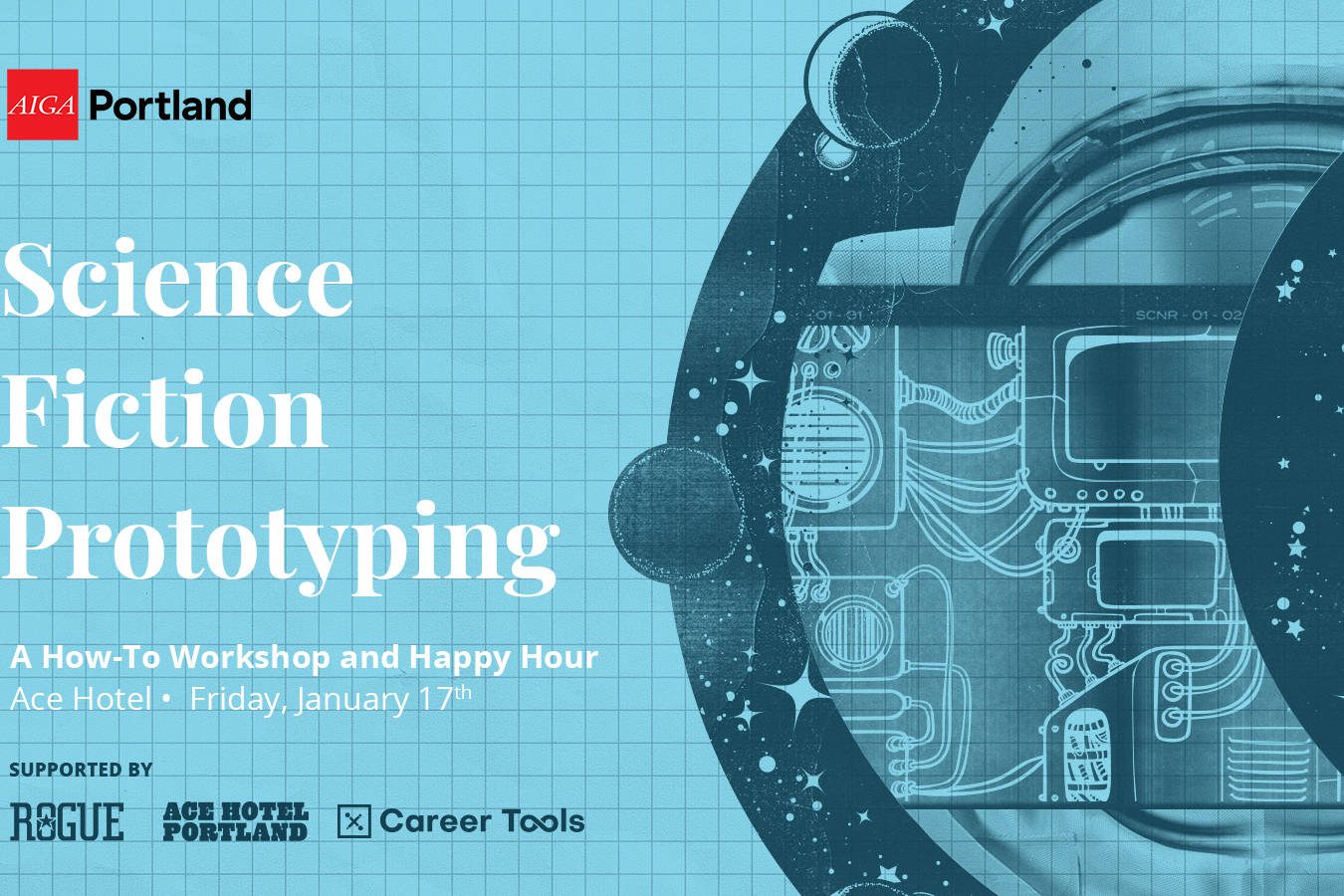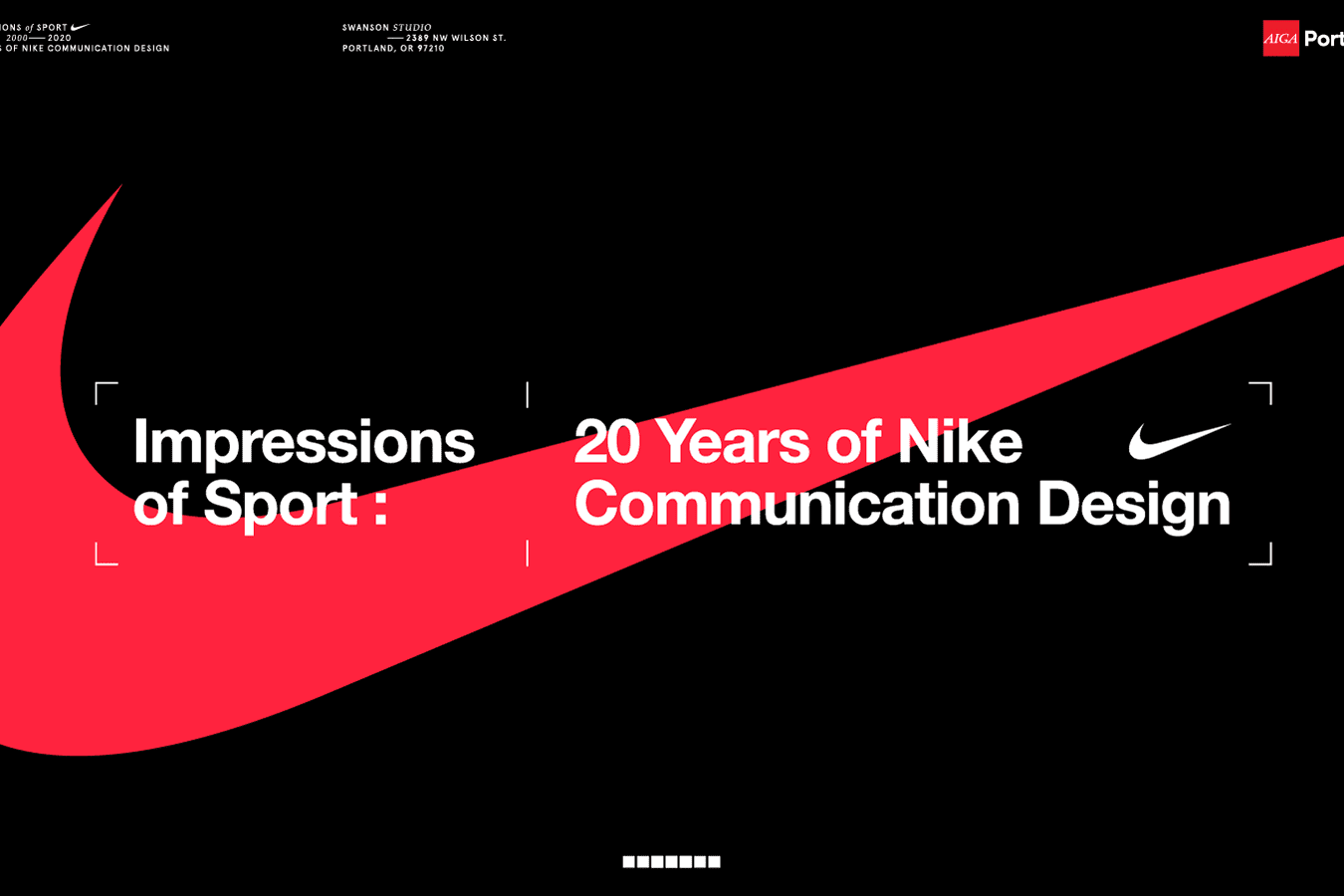I had the pleasure of hosting a panel session and offering introductory remarks about Teaching Design in an Age of Interaction at CAA’s 2020 Art & Design conference in Chicago, Il. The panel featured Omar Sosa-Tzec, Clinton Carlson, and Qiuwen Li—each bringing their own experience to bear on the subject. The conversation covered curricula, projects, technology, ethics, and central concepts that should be integral to the future of design education.
Teaching interaction design is hard. There are many reasons for this. Among them:
- The media is new and the tools we use to shape it keep changing on us.
- To be dependably great at it, one generally needs at least a cursory understanding of psychology, communication, ui/ux standards, front-end coding, hosting, content management systems, writing, marketing, prototyping. Not to mention the myriad other items that could be listed that all form a part of the practice of designing interactive experiences.
- Into that complexity we all get to face a humbling reality. While the interaction age demands a rethinking of how we teach, our design programs tend to be built on the model of the Bauhaus. A model which was established in the early 20th century on a school that was closed in 1933.
- And we also need to acknowledge that the solution most design schools have chosen to incorporate interaction design into their curriculum is to take the Bauhaus model and simply add a single class or in some cases just add a project or two meant to help students understand interaction design.
- Despite posters and books being an increasingly minimal portion of what designers do professionally, students are likely to make 15 posters before they touch one website.
The presentations offered suggested ways that students could engage interaction design in thoughtful ways and contained examples from five different institutions ranging from large-scale revisions to modifications of projects and objectives.



